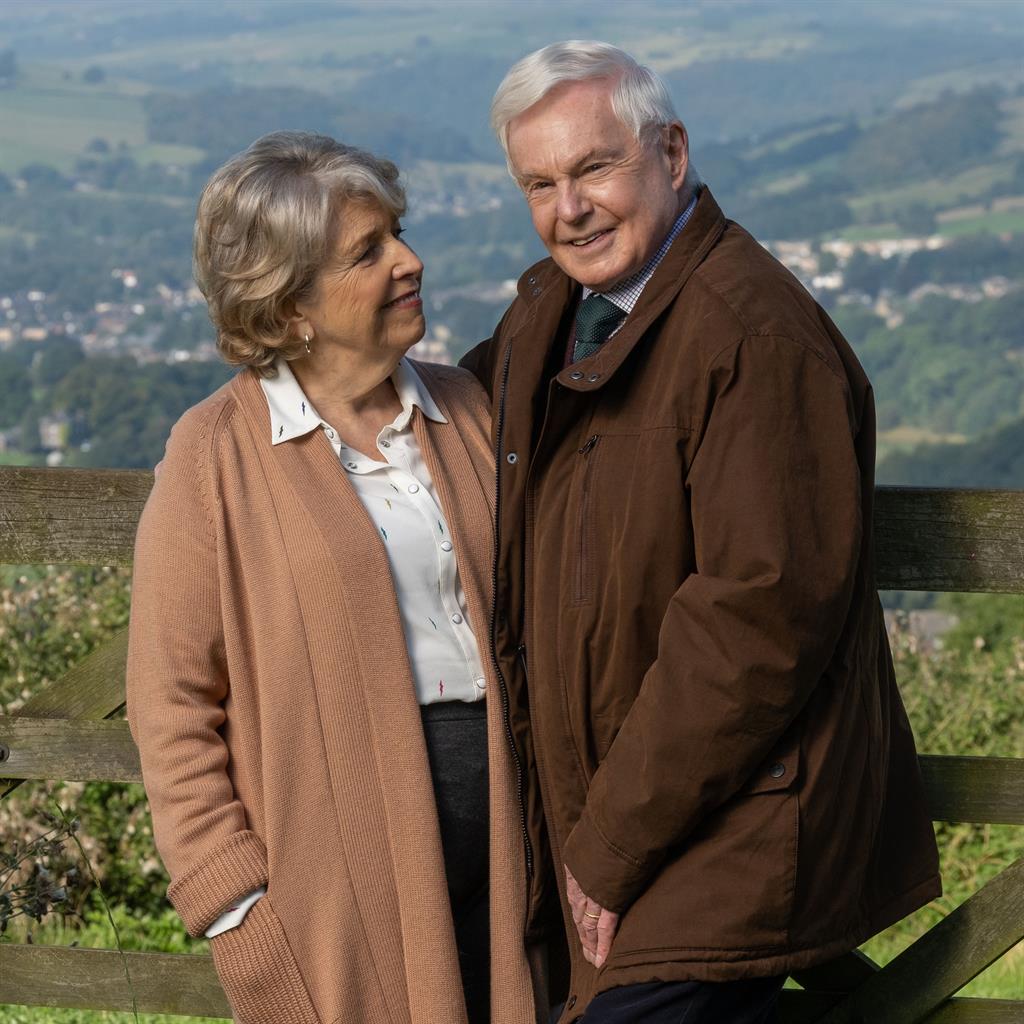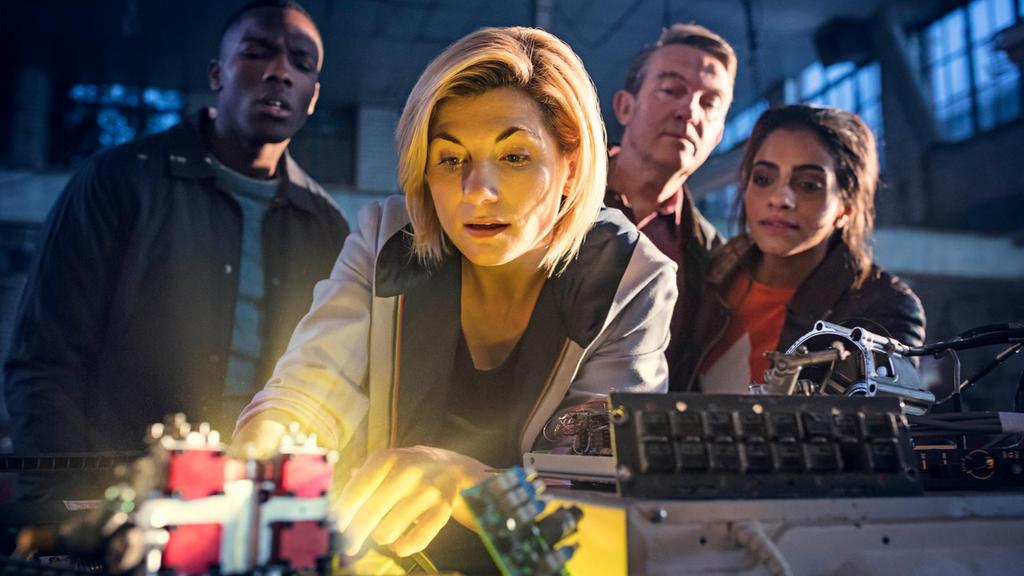The cultural response to 9/11 in film has shifted from flag-waving patriotism to chronicles of trauma and loss
As the smoke, debris and ashes from hundreds of floors of collapsed buildings – and thousands of lives – billowed down the canyon-like streets of Manhattan, New Yorkers running from this diabolical avalanche of death and destruction, it was tempting to compare the images of 9/11 to a disaster movie. Even the newsroom in which I worked at the time was like a scene out of Superman; seasoned journalists watching the television open-mouthed as the second plane hoved into view. It was as if they were waiting for Clark Kent to come to the rescue.
It was not entirely surprising that 9/11’s reference point should be cinema. It’s widely understood that part of Al Qaeda’s inspiration for the attacks on America’s World Trade Centre and the Pentagon on September 11, 2001 was indeed film – a terrible, blockbusting plot that reframed images directors had put together for our entertainment over the previous decades into a horrific reality.
So, 20 years on, how film has made sense of the seismic images of this century is fascinating. In a way, every Hollywood feature with a contemporary context is a post-9/11 movie, as America processed its reaction personally, politically and militarily. But from Paul Greengrass’s United 93through to American Sniper and, this month, Worth, the cultural response has gradually shifted, from flag-waving patriotism and hero worship through to more considered, human and global chronicles of trauma, survival, identity and loss.
:quality(70)/cloudfront-eu-central-1.images.arcpublishing.com/thenational/MESL5QPISL5FOQC7O735MRE7QY.jpg)
The cinematic reaction began with the kind of questions still being posed today, as Michael Moore’s documentary Fahrenheit 9/11 took the attacks on the World Trade Centre as a prism by which to look at the failures of the Bush administration. It’s striking that the new BBC/Apple documentary Inside The President’s War Room covers some similar ground. It answers, 20 years on, Moore’s question in Fahrenheit 9/11: “What were you thinking?” Former president George Bush Jr tells us. But the lack of distance from its subject matter was precisely what made Fahrenheit 9/11 so urgent and raw.
Disaster and superhero movies became immediately laden with added meaning, parables of their time. In the UK, Steven Spielberg’s AI hit cinema screens 10 days after 9/11. The shots of New York in ruins were unbearable; in the screening I went to, critics were crying.
The following month, the opening scenes of Donnie Darko, in which parts of a plane smash into Jake Gyllenhaal’s character’s neighbourhood, had a new resonance (and were blamed for its poor box office showing – it was “too soon”). Stan Lee’s Spider-Man reboot was reshot in 2002, taking the twin towers out, but adding a group of New Yorkers attacking the Green Goblin and pronouncing: “You mess with one of us, you mess with all of us”. Later, Spider-Man hangs onto a flagpole with a massive American flag. The Avengers meanwhile, said it all in its title.
And in 2005’s War Of The Worlds, when confronted with an unspecified attack, Dakota Fanning asks “is it the terrorists?” The allegory was confirmed by Spielberg: in a film which grappled with the paranoia, fear and desire for revenge that gripped the US after the attacks, Tom Cruise becomes the all-American hero fighting the baddies. Though Spielberg also described War Of The Worlds as anti Iraq War, which maybe says more about how confused America had become in the years after 9/11.
Interestingly, the closing credits of the first Hollywood feature to directly chronicle 9/11, United 93 (2006), initially said “America’s War on Terror had begun”. Even though Greengrass’s film focusing on the people who fought back against the hijackers was actually far more considered than that – and the credits were eventually changed to be more of a dedication to those on board – it did unwittingly point towards an atmosphere where the desire to do something patriotic to avenge the attacks had overtaken any consideration of the reasons behind it.
Admittedly, as Inside The President’s War Room shows, this had been the context ever since Bush first made his speech at Ground Zero, vowing that “the people who knocked these buildings down will hear all of us soon”, while rescue workers hollered “USA”. Such patriotism is written all over World Trade Centre, Oliver Stone’s 2006 chronicle of three ordinary men responding to an extraordinary event. There is nothing wrong with depicting the incredible acts of heroism that took place that day of course, but it’s telling that one says: “We need some good men out there to avenge this.”
So perhaps it’s not surprising that the films discussing the moral price America was willing to pay for that vengeance were not long in coming. Rendition (2007), which investigated the CIA’s practice of removing terrorist suspects and flying them to states which tolerate extreme interrogation, was not a great political thriller by any means, but it did at least begin to approach the idea that perhaps all was not well with America’s response to 9/11.
Not long afterwards, The Hurt Locker won six Oscars, including Best Picture and Best Director for Kathryn Bigelow, for its depiction of an Iraq War bomb disposal team. It’s interesting to rewatch more than a decade on; yes, it explores the futility of the Iraq War (without making a judgement) and there are powerful passages on PTSD. But ultimately, it’s also another high-octane, violent action movie where the causes and consequences of the war are only really seen from an American hero’s point of view.
It was much the same with American Sniper (2012). Clint Eastwood tried to zero in on why Americans should probably avoid wading into wars such as Iraq, but it’s also a celebration of a heroic American killing machine that sidestepped most moral questions; all Iraqis not enamoured with the US occupation are referred to as AQI (Al Qaeda in Iraq) and therefore “savages” and legitimate targets.
Bigelow’s follow-up to The Hurt Locker, the Osama Bin Laden assassination thriller Zero Dark 30, is similarly problematic. It begins with clips of 9/11 victims crying for help, just to make the link crystal clear. It ends with the vengeance that was immediately sought after 9/11 finally being meted out. But in the meantime, it also seems to suggest that CIA torture sessions were in some way valuable and a means to an end.
This was the conflicted place in which America found itself a decade after 9/11, but just as Zero Dark 30 highlighted Osama Bin Laden’s end, so it did for that kind of patriotic movie. Mira Nair’s 2012 adaptation of Mohsin Hamid’s The Reluctant Fundamentalist signalled a more considered look at the aftermath of 9/11 as Riz Ahmed works out his loyalties and life choices as a driven young Pakistani who arrives in New York determined to succeed… until the attacks change everything.
And this more personal, character-driven approach to the impact of 9/11 is ultimately how cinema is now processing a changed, traumatised world. That’s why Worth is such an interesting and important film. Investigating a lawyer trying to allocate compensation funds to 9/11 victims, it grapples with that appalling notion of putting a monetary value on a life, as loss catches those that were left behind in the most heartfelt and quotidian of ways. It’s a quiet film, but Worth’s thoughtfulness is its virtue; it’s taken 20 years but once the flag-waving and vengeance stops, the real heroes are the normal people trying to get on with their lives.


